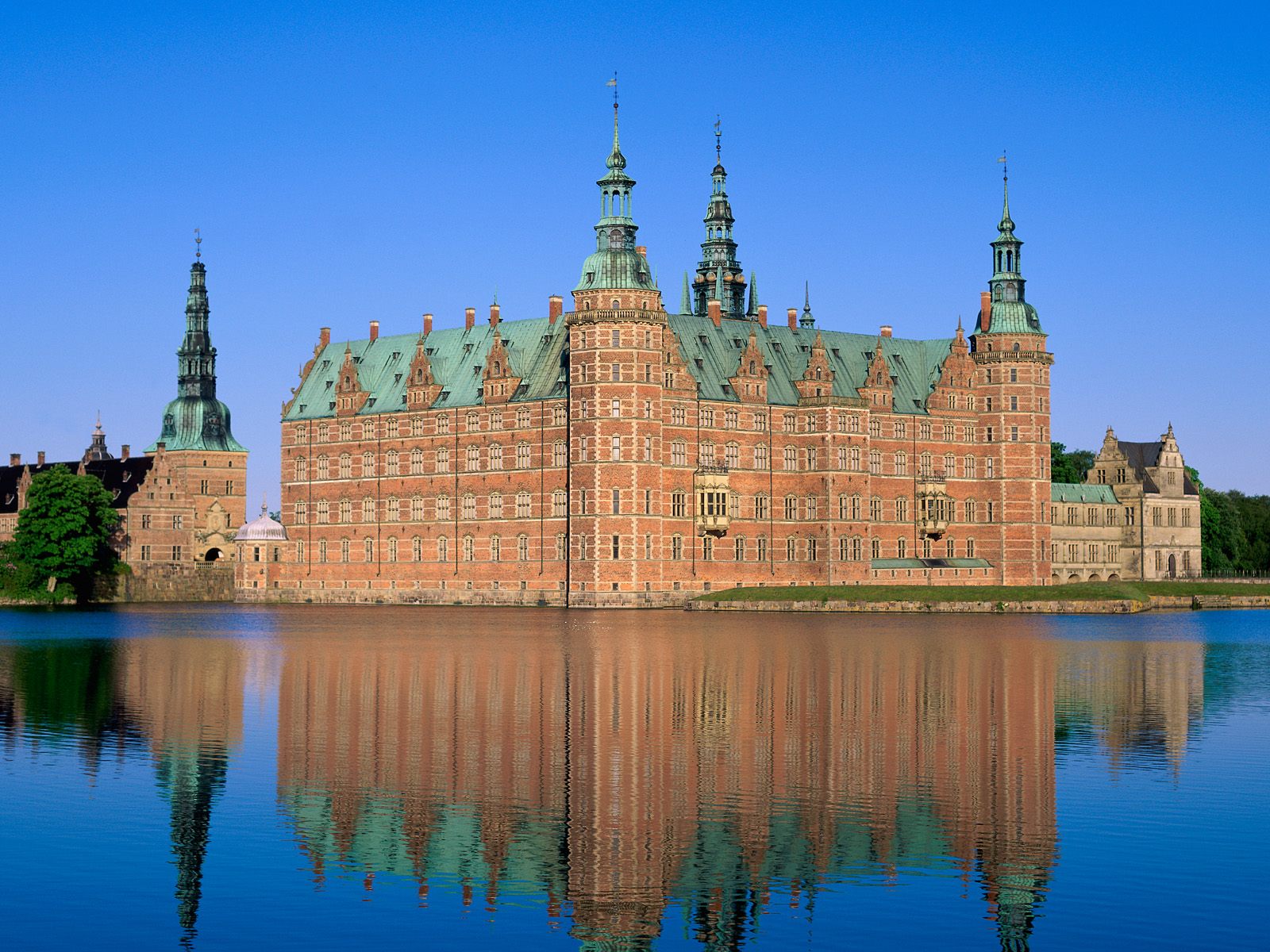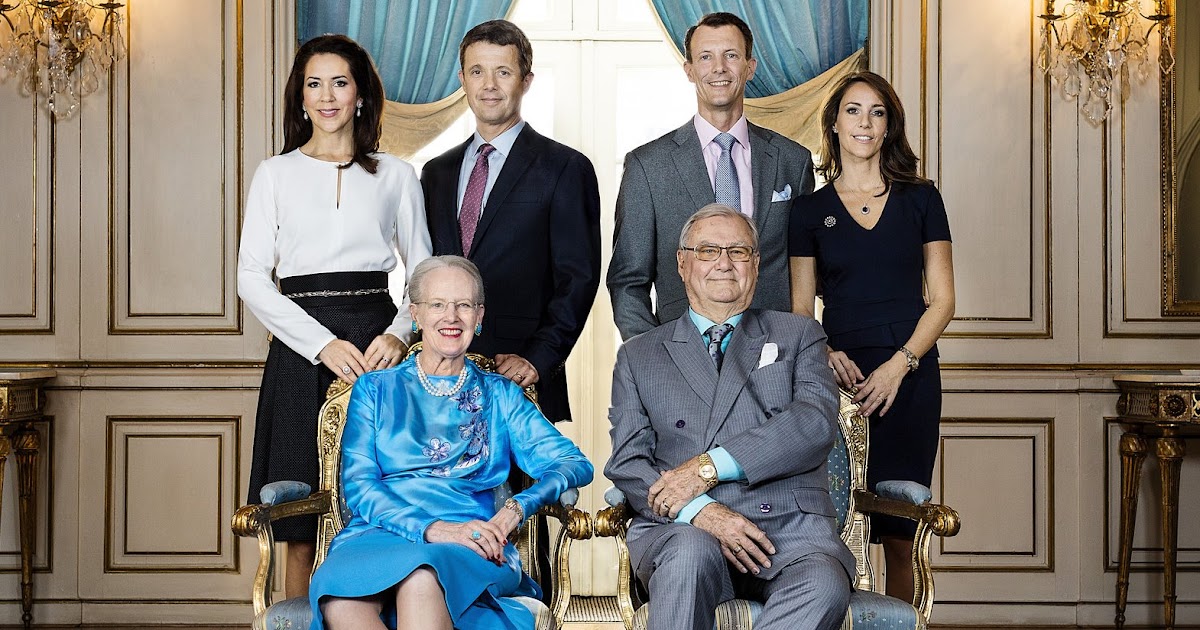Denmark's Royal Family: A Glimpse Into The Lives Of The Danish Royals
The Denmark's royal family has a rich history that intertwines with the modern-day culture of Denmark, showcasing a blend of tradition and contemporary values. The Danish monarchy is one of the oldest in the world, tracing back over a thousand years. This article will delve into the fascinating history, roles, and current members of the Danish royal family, providing an insightful overview for anyone interested in understanding the significance of this institution in Danish society.
Not only does the royal family represent the nation, but they also engage in numerous charitable activities, diplomatic missions, and cultural events, making them integral to Denmark's identity. In addition, the royal family's public persona and their commitment to modern values resonate with the Danish people, further solidifying their relevance in contemporary society.
This article aims to provide a thorough exploration of Denmark's royal family, including their history, biographical details of key members, and their contributions to society. With a focus on expertise, authoritativeness, and trustworthiness, we ensure that the information provided is accurate and well-researched.
Table of Contents
- History of Denmark's Royal Family
- Current Members of the Danish Royal Family
- Biography of Queen Margrethe II
- Charitable Activities
- Cultural Impact of the Danish Royals
- The Modern Monarchy and Its Relevance
- Future of the Danish Monarchy
- Conclusion
History of Denmark's Royal Family
The history of Denmark's royal family is deeply rooted in the Viking Age, with the monarchy being established in the early 10th century. The first king of Denmark was King Gorm the Old, who ruled in the early 900s. Over the centuries, the monarchy has seen numerous changes, including the transition from a feudal system to a constitutional monarchy established in the 19th century.
Key Historical Events
- 10th Century: Establishment of the Danish monarchy.
- 1397: Union of Kalmar, uniting Denmark, Norway, and Sweden under one crown.
- 1849: Transition to a constitutional monarchy.
- 1901: Queen Alexandra becomes Queen of the United Kingdom after her marriage to King Edward VII.
Current Members of the Danish Royal Family
The current members of the Danish royal family include Queen Margrethe II, her sons Crown Prince Frederik and Prince Joachim, and their respective families. The royal family is known for their approachable demeanor and active engagement in public life.
Key Members
- Queen Margrethe II: The first female monarch of Denmark since the Reformation.
- Crown Prince Frederik: Heir apparent to the Danish throne and known for his commitment to various social causes.
- Prince Joachim: The younger son of Queen Margrethe II, involved in agriculture and business.
Biography of Queen Margrethe II
Queen Margrethe II was born on April 16, 1940, and has been the reigning queen since January 14, 1972. She is the first female monarch of Denmark in over 500 years and has played a significant role in modernizing the monarchy.
| Detail | Information |
|---|---|
| Name | Margrethe Alexandrine Þórhildur Ingrid |
| Date of Birth | April 16, 1940 |
| Marriage | Henrik, Prince Consort (1967-2018) |
| Children | Crown Prince Frederik, Prince Joachim |
Charitable Activities
The Danish royal family engages in numerous charitable activities, supporting various causes including health, education, and the arts. Queen Margrethe II is particularly involved in cultural initiatives, while Crown Prince Frederik focuses on environmental issues.
Notable Charities
- Rural Development Foundation
- UNICEF Denmark
- Cultural and Artistic Initiatives
Cultural Impact of the Danish Royals
The Danish royal family has a significant cultural impact in Denmark, often participating in art exhibitions, theater productions, and music events. Their presence at public events promotes Danish culture and heritage.
The Modern Monarchy and Its Relevance
In today's society, the Danish monarchy remains relevant by adapting to contemporary values while preserving traditions. The royal family is seen as a unifying force in Denmark, symbolizing stability and continuity.
Future of the Danish Monarchy
The future of the Danish monarchy looks promising, with Crown Prince Frederik and Crown Princess Mary taking on more responsibilities. Their modern approach to royal duties resonates well with the younger generation, ensuring the monarchy's continued relevance.
Conclusion
In conclusion, Denmark's royal family plays a crucial role in the cultural and social landscape of the country. From their rich history to their modern-day contributions, the Danish royals embody the spirit of Denmark. We encourage readers to share their thoughts in the comments and explore more about the fascinating world of royal families.
Thank you for reading! We hope to see you back for more insightful articles about history, culture, and society.
Article Recommendations
- Shubhashree Mms
- Matt Czuchry Wife
- Papoose New Girlfriend 2024
- Prince Frederick Scandal
- Lusk And Associates
- Kate Wilder Green Beret
- Village Lantern Lindenhurst
- Who Is Wendy Williams Ex Husband
- Adriana Olivarez Onli Fans
- Miley Cyrus Robin Thicke Performance
:max_bytes(150000):strip_icc()/frederiksborg-castle-and-gardens-hiller-d-denmark-186883246-590102e55f9b5810dc34ee80.jpg)

